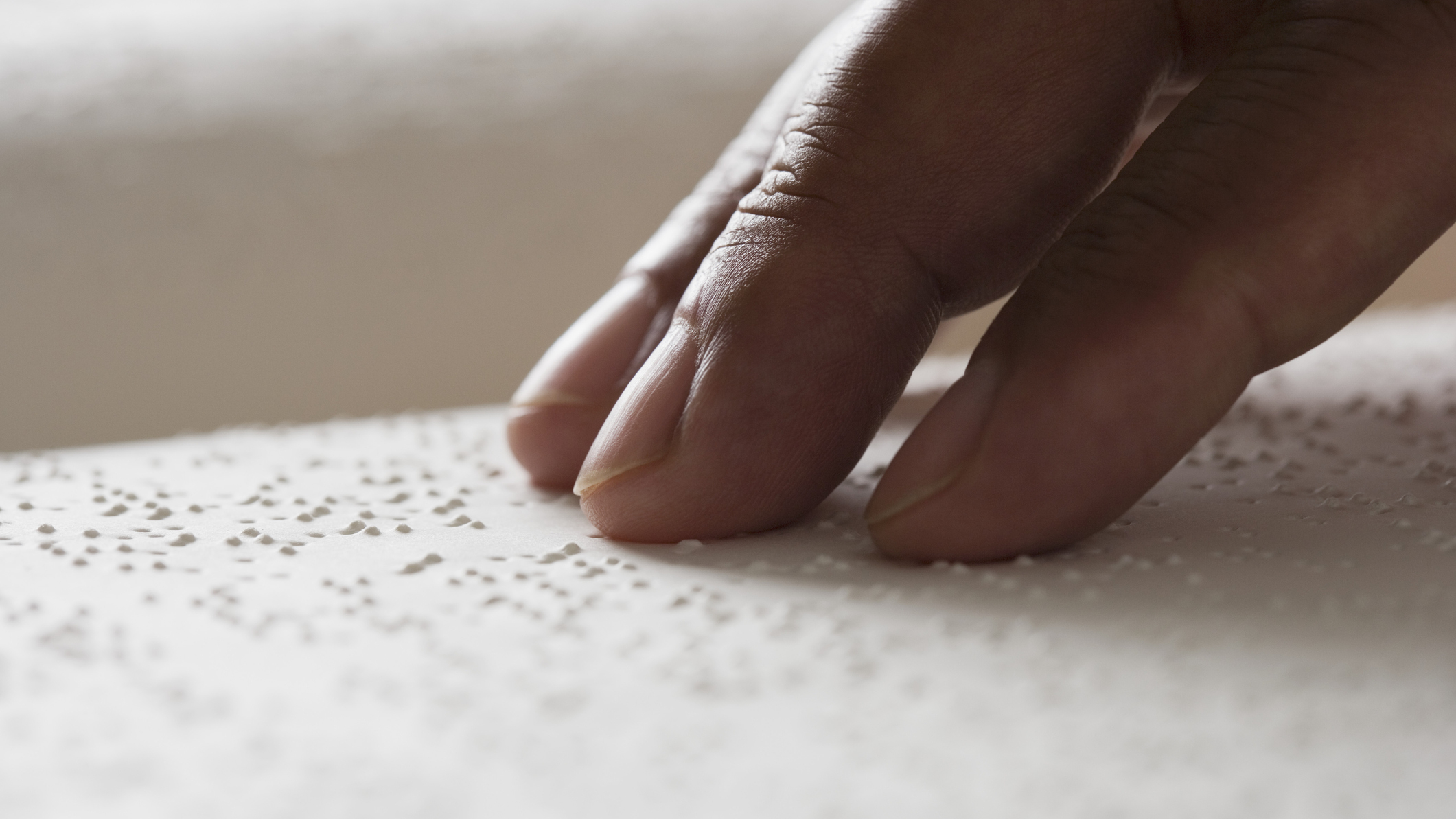
Researchers from Harvard University have developed a framework to encode braille dots onto a blank material, which could be the first step towards creating a braille ebook with just a single reprogrammable 'page'.
It's a simple principle: a thin elastic shell is compressed by a force from either end, and indents are made by poking the shell with a stylus. The indents remain after the force is released, and can be erased by stretching the shell flat again.
Printed braille books take up far more space than their ink equivalents. For example, the braille edition of Harry Potter and the Order of the Phoenix spanned over 14 volumes – hardly convenient for kids to tuck into a backpack. If successfully implemented, Harvard's reprogrammable braille could cut that down to a single rewritable page (much like a Kindle).
There are been several attempts at developing a braille ebook reader, but none have proved feasible. British firm Anagraphs made a working prototype in 2014. The reader heated paraffin wax, which caused it to expand and produce braille dots. Sadly, the project ran out of funding in 2014 and was shelved.
Plug-and-play braille readers
Harvard's reprogrammable braille is at a very early stage, but there's good news for braille users in the near future too.
Braille readers for PCs (which use rounded pins that push through a flat surface to form a line of characters) often need custom software that's awkward to set up, but that could be about to change.
The USB Implementers Forum (a non-profit organization created to support USB technology) recently announced that it was working with Apple, Microsoft and Google to create a new standard for braille displays, enabling users to simply plug and play.
Sign up for breaking news, reviews, opinion, top tech deals, and more.
“We see the opportunity that advancements in technology can create for people with disabilities and have a responsibility as an industry to develop new ways of empowering everyone to achieve more,” said Jeff Petty, Windows accessibility program manager lead at Microsoft.
The company hopes that developers will start supporting the new USB braille standard in 2019.
Via Engadget

Cat is TechRadar's Homes Editor specializing in kitchen appliances and smart home technology. She's been a tech journalist for 15 years, having worked on print magazines including PC Plus and PC Format, and is a Speciality Coffee Association (SCA) certified barista. Whether you want to invest in some smart lights or pick up a new espresso machine, she's the right person to help.